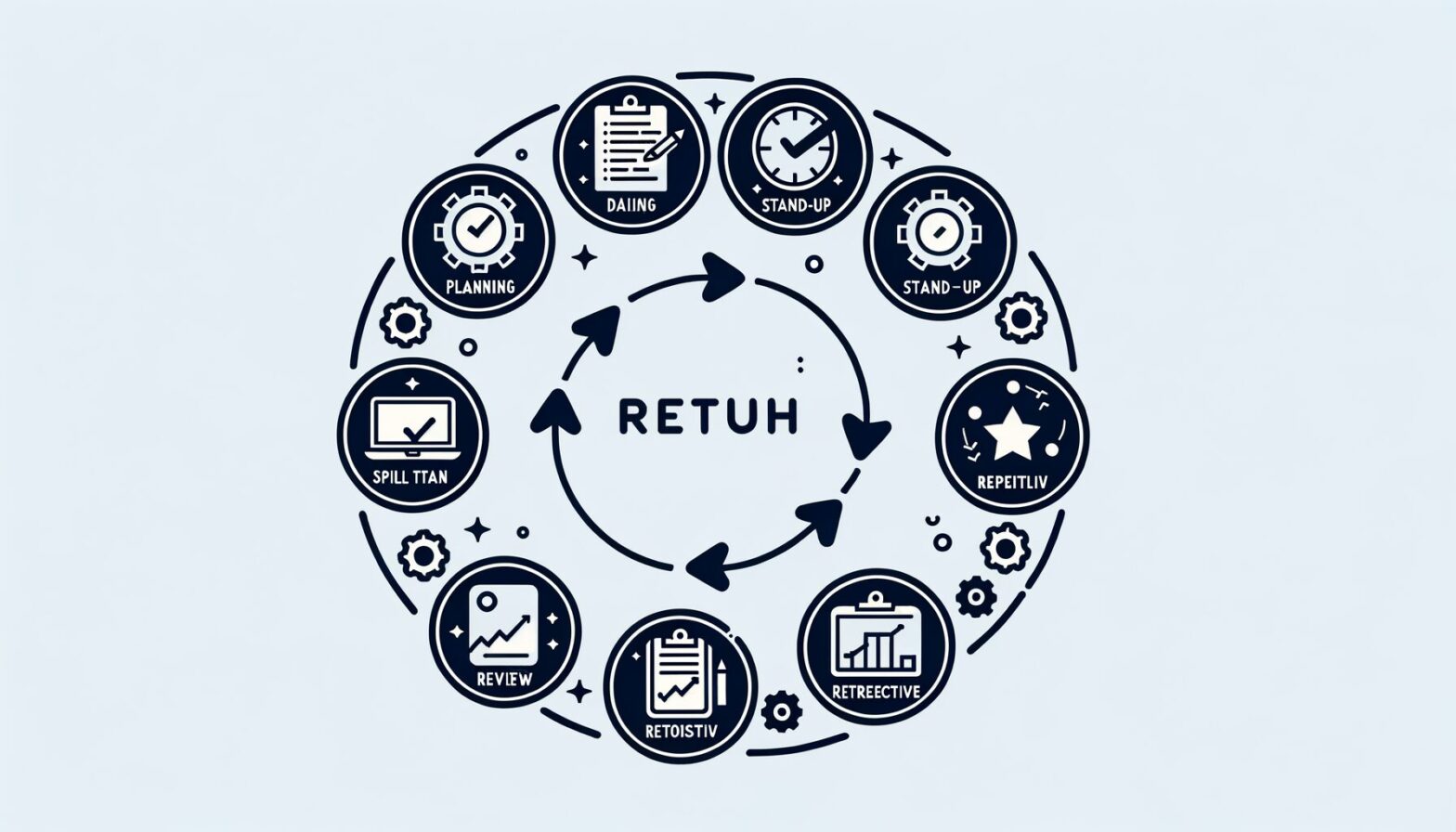Understanding Scrum Beyond the Basics
Scrum has become synonymous with agile project management, but it’s often misunderstood as just a set of meetings or rituals. At its core, Scrum is a framework designed to help teams work collaboratively and adaptively, focusing on delivering incremental value. The beauty of Scrum lies in its simplicity, yet its successful implementation demands a mindset shift towards transparency, inspection, and adaptation.
Many teams jump straight into daily stand-ups and sprint planning without fully grasping the importance of roles like the Product Owner and Scrum Master. The Product Owner acts as the voice of the customer, prioritising the product backlog to ensure the team works on what truly matters. Meanwhile, the Scrum Master facilitates processes and removes obstacles, ensuring the team remains focused and empowered.
Another frequently overlooked aspect is the Inspect and Adapt cycle. Each sprint ends with a review and retrospective, which are opportunities not only to showcase work but to reflect on the process itself. When these are embraced sincerely, they help teams continuously improve and evolve their workflows in line with real-world challenges.
Tips for Making the Most of Scrum Ceremonies
Scrum ceremonies are often seen as time-consuming interruptions, but they can be powerful tools if approached correctly. For instance, daily stand-ups should be concise and focused on progress towards sprint goals rather than exhaustive status reports. Encouraging team members to share what they’ve accomplished, what they’re working on next, and any blockers creates an environment of accountability and support.
Sprint planning is another ceremony where preparation pays off. Having a well-groomed backlog with clearly defined user stories enables smoother planning sessions and more accurate commitment from the team. Avoid overloading the sprint with too many tasks; it’s better to deliver a smaller set of features with high quality than to rush through a bloated sprint backlog.
Sprint reviews should actively involve stakeholders beyond the immediate team. Their feedback is invaluable for validating assumptions and steering product development. Lastly, retrospectives shouldn’t just be a box-ticking exercise; they’re your team’s moment to openly discuss what worked well and what didn’t, fostering a culture of continuous learning and trust.
Leveraging Scrum Tools and Metrics Wisely
With an abundance of tools available—Jira, Trello, Azure DevOps—teams sometimes get lost in dashboards and metrics that don’t drive meaningful change. It’s crucial to focus on metrics that reflect team health and progress rather than vanity numbers. For example, velocity can be useful for forecasting but shouldn’t become a stick to measure individual performance.
Burndown charts help visualise sprint progress but need context: Are tasks being blocked? Are requirements changing mid-sprint? Instead of obsessing over perfect metrics, use them as conversation starters during retrospectives or daily stand-ups.
Automation can also alleviate administrative burdens. Automated testing and continuous integration pipelines integrated within Scrum workflows reduce manual errors and speed up delivery cycles. By marrying tools with the agile principles behind Scrum, teams can focus more on collaboration and innovation rather than paperwork.
Conclusion: Embracing Scrum as a Mindset for Success
Scrum is far more than just a project management methodology; it’s a mindset that prioritises adaptability, collaboration, and continuous improvement. Teams that thrive with Scrum are those who embrace its principles wholeheartedly rather than viewing it as a checklist of ceremonies and roles.
By understanding the roles clearly, optimising ceremonies for value rather than formality, and leveraging tools thoughtfully, teams can unlock the true potential of Scrum. It’s about creating an environment where communication flows freely, obstacles are swiftly removed, and every sprint brings tangible progress towards a shared goal.
Ultimately, Scrum’s power lies in its simplicity combined with discipline—making it a compelling approach for any organisation seeking to enhance agility and deliver greater value consistently.
- According to the 15th State of Agile Report (2023), 58% of organisations reported improved team productivity after adopting Scrum.
- Teams that conduct effective retrospectives are 23% more likely to deliver projects on time.
- Scrum roles are clearly defined to avoid confusion: Product Owner (prioritisation), Scrum Master (facilitation), Development Team (delivery).
- Over 70% of agile teams use Jira as their primary Scrum tool.
- Velocity is best used for forecasting within a team rather than comparing performance across teams.
